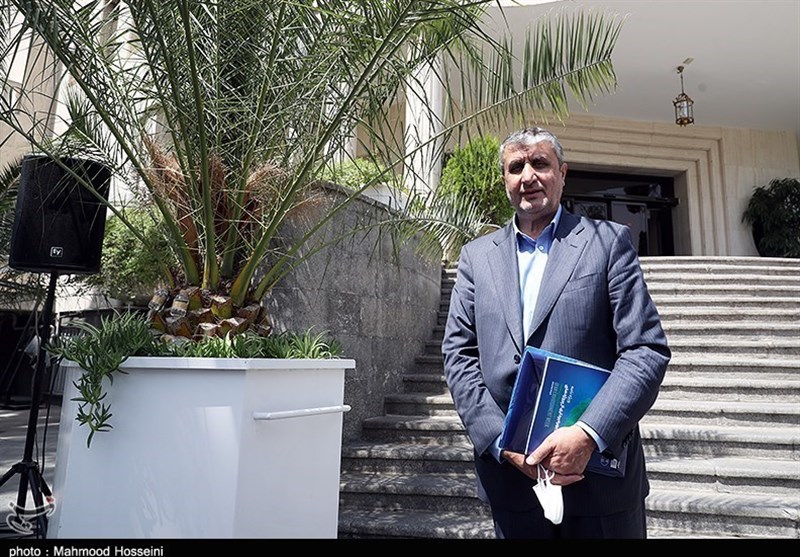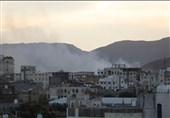Iran to Unveil Food Irradiation Machine: AEOI Chief
TEHRAN (Tasnim) – The first homegrown system used for the irradiation of agricultural products will be unveiled in Iran within the next few days, Head of the Atomic Energy Organization of Iran (AEOI) Mohammad Eslami said.
In comments on Sunday, Eslami said the AEOI has made detailed plans to make up for the country’s backwardness in a specialized field of the nuclear industry on the use of irradiation technologies in agriculture, foodstuff processing and industries.
Since other countries refuse to sell irradiation systems to Iran, the AEOI launched a project to design and manufacture them inside the country and will unveil the first homegrown irradiation system in the coming days, he added.
Eslami noted that 12 irradiation regional hubs will be formed across the country in cooperation with the Ministry of Agriculture.
“With the coming into service of those systems, we will be able to increase the shelf-life and storage capacity of agricultural products,” he explained.
Eslami added that in a span of 10 years, the Iranian irradiation systems will reduce the waste of agricultural products and food by 30 percent.
Food irradiation is the process of exposing foodstuffs to gamma rays to kill bacteria that can cause food-borne disease, and to increase shelf-life. It has the same benefits as when food is heated, refrigerated, frozen, or treated with chemicals, but does not change the temperature or leave residues.
In all parts of the world there is growing use of irradiation technology to preserve food. More than 60 countries worldwide have introduced regulations allowing the use of irradiation for food products including spices, grains, fruit, vegetables, and meat.
It can replace potentially harmful chemical fumigants used to eliminate insects from dried fruit and grain.
According to FAO, nuclear techniques help national authorities in over 50 countries to improve food safety by addressing the problem of harmful residues and contaminants in food products and to improve their traceability systems with stable isotope analysis.






